Over the last thousands of years, China has seen the rise of several kingdoms and empires, with rulers who held the title of ‘Emperor’ or ‘King’. At the same time, Chinese historical records identify the rise of powerful female rulers who actively challenged the system of patriarchy that has dominated Chinese civilization. One of the most notable female empresses who shaped Chinese history and culture was Empress Wu Zetian of the Tang Dynasty. Read on to learn more about her life, reign, achievements and controversies associated with her ruling style and character.
Who is Wu Zetian?
Wu Zhao, who was popularly known as Wu Zetian or Wu Hou, was the first and only female emperor of imperial China and she ruled during the Tang Dynasty. She is considered the only legitimate female sovereign in China’s history. According to several historical records, China grew larger, the culture and economy of China were revitalized, corruption in the courts was significantly reduced, and China became the greatest power in the world under her 40-year reign.
She was Emperor Taizong’s concubine and after his death, she married his son – Emperor Gaozong. When she married Emperor Gaozong, she gained the title ‘empress consort’ and had considerable political power in the process. After emperor Gaozong lost his life, she became the administrator of the court until about 705. She was a mother of four handsome and intelligent sons, three of whom became emperors in imperial China and one of her grandsons was the famous Emperor Xuanzong of the Tang Dynasty.
Wu Zetian – Birth and Death
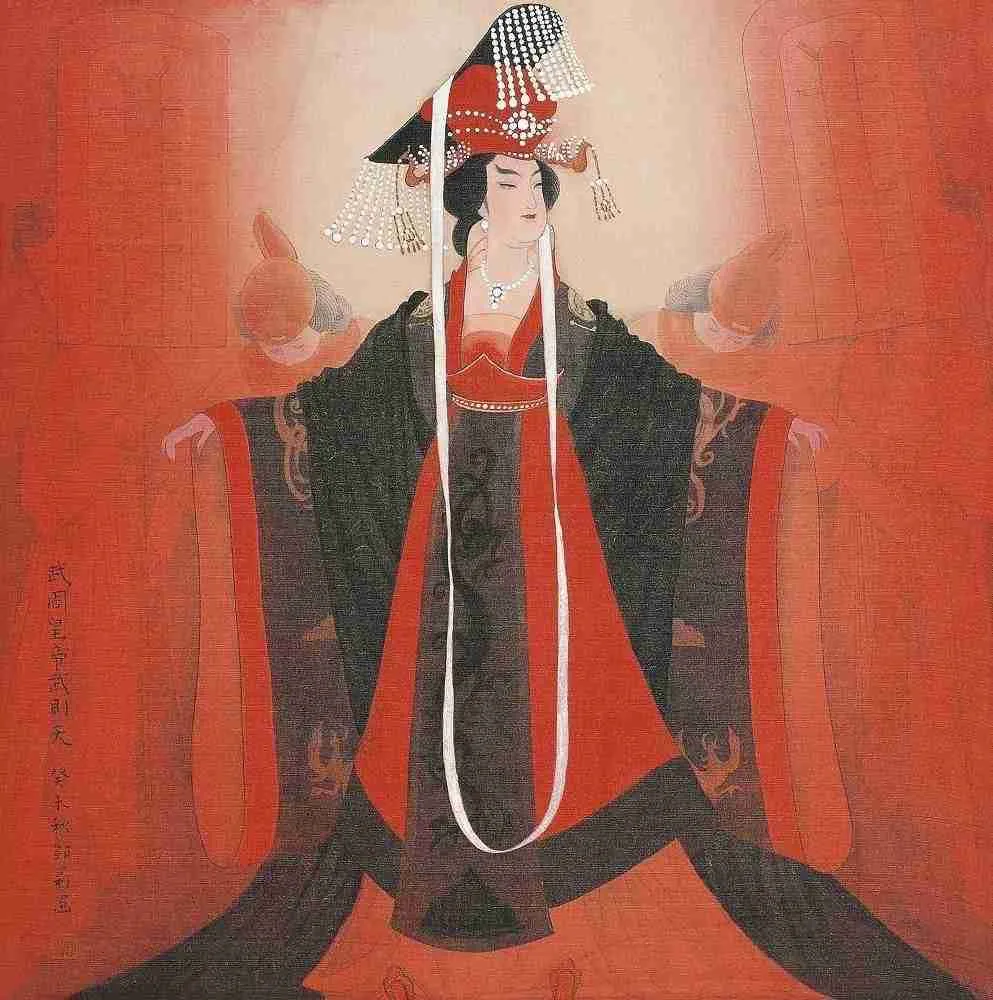
Wu Zetian was born in 624 CE, in Wenshi County, which is located in Shaanxi to a very rich couple. She was the daughter of Wu Shihuo, who was a chancellor of the Tang Dynasty at the time. Her father encouraged her to develop all the intellectual skills that were reserved for males in society and he greatly invested in her education. In the process, Wu Zetian learned to write poetry, play good music and speak eloquently in public.
In the winter of 704 BC, she became seriously ill for a pretty long time and a coup was planned to take over the throne. In the Spring of 705, she became seriously ill again, and another coup was planned to kill the Zhang brothers and take over the throne. The coup was successful, the ‘New Zhou Dynasty’ was dismantled, and the Tang Dynasty was restored. She then died on December 16, of the same year. In 706, her son ensured that she was laid to rest in a joint burial with his father emperor Gaozong at the Qianling Mausoleum.
How did Wu Zeitan become emperor?
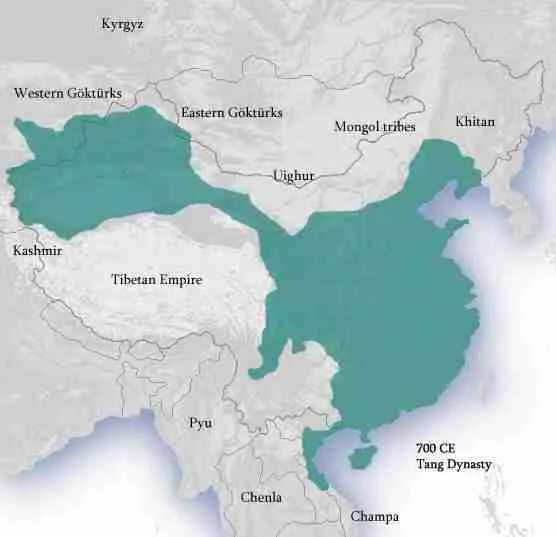
She was a very beautiful girl and this led to her selection as one of Emperor Taizong’s concubines. Taizong named her ‘Mei-Niang’ because she was the most beautiful one of all his concubines. She started off her life at the court by taking care of the laundry and other duties. One day, she dared to speak to the emperor about the history of China, and the emperor was greatly impressed at her intellectual abilities. Immediately after, he took her out of the laundry and decided that she would make a great personal secretary. As secretary, she was involved in affairs of state at the highest level and eventually became the emperor’s favorite as she was very strategic and did her job right.
In the process, she attracted the attention of Taizong’s son – Prince Li Zhi, who was set to become his heir. She and Prince Li Zhi had a secret affair, and eventually, the prince fell completely in love with her. Unfortunately, they could not do much as she was one of his father’s concubines and he was already married. When the emperor died, Wu and all the other concubines had to shave their hair and they were sent to Ganye Temple to become nuns, just as directed by tradition. When Li Zhi succeeded his father and became the emperor, he ensured that Wu Zeiten was brought back to his house as his concubine. This way she was able to rise to power and become the influential leader she was.
Sadly, she had to kill her own daughter so that the official empress (Wang, who was Prince Li Zhi’s official wife) was exiled. Immediately after she became empress, she took over almost all the official functions and began commanding the emperor’s officials directly. When Emperor Li Zhi died, she exiled his son who was supposed to be his successor, and she decided to make a younger son emperor in his place (Emperor Ruizong). Despite Ruizong’s status as emperor, Wu Zeitan was the one controlling the empire and commanding all his officials. During this time, she killed and exiled several officials and she gave her loyal supporters positions in government. Once her government was set and she was ready to make a political move, she forced Emperor Ruizong to resign/abdicate the throne and made herself emperor. Once she ascended the throne, she created her own dynasty, the Zhou Dynasty which ruled from 690 to 705.
Wu Zeitan Husband and sons – What did she do?
By around 675 BC, her husband’s health severely deteriorated, and became seriously ill. He was very accommodating of the fact that Wu Zetian would make a great ruler after him but the emperor’s advisor greatly discouraged him from doing so. During this time, Wu Zetian was angry with very many people and made several enemies, including her two sons.
According to a number of traditional historians and several Chinese literary works, Wu Zetian poisoned and killed her firstborn son, who was Crown Prince Li Hong after he made decisions that constantly displeased her and showed that he was against her ascending the throne. When her second son, Li Xi’an became the crown prince, he also made decisions and mistakes that displeased her, and she eventually deposed and exiled him. Her third son, who always bowed down to his mother became the new heir and when Emperor Gaozong passed away, he ascended the throne. Eventually, Wu Zetian forced him to abdicate and she ascended the throne and became empress.
Wu Zeitan Daughter/ Did Wu Zeitan kill her own daughter?
Wu Zeitan is sometimes described as a hypocrite as she always played the role of a shy, respectable wide, yet she was the actual manipulative power behind the emperor. She tried everything she could to eliminate potential enemies from the court and even had Lady Xiao and Lady Wang exiled and killed. Supposedly, after a few months of giving birth to a beautiful daughter, she strangled the child to death. She then claimed that Lady Wang had murdered the child and she needed to be exiled as punishment for her sins. Wu did all this because she was jealous of Lady Wang’s position as empress and she wanted to take over and become Emperor Gaozong’s favorite.
Wu Zeitan Achievements
During her reign as empress of the land, the empire greatly prospered and she was able to build a strong and powerful enemy that conquered states and successfully countered attacks from any of its enemies. Supposedly, she was very intelligent and hardworking, and these important traits helped her institute good economic and political policies and reforms that made the Tang Dynasty very powerful at the time.
To ensure that she was always safe and to consolidate her rule, she created a secret police and guard. She needed to actively get rid of anyone who was disloyal to her and ensured that she had the brightest people help her govern the country to replace any disloyal general, staff, and officials.
In addition to that, she actively lowered taxes on peasant families and the underprivileged, so the commoners greatly prospered during her reign. She came up with significant policies and reforms to ensure that the economy and the agricultural sector were more productive.
- Political achievements: suppressing the power of the aristocracy After Wu Zetian was made empress, she expelled those who opposed her, such as Zhangsun Wuji and Chu Suiliang, to remote areas. This was a way for Wu Zetian to show her power, but the Guanlong clique and their supporters had become a conservative force with vested interests. Driving them out of the political arena marked the end of the Guanlong clique’s rule that had lasted for more than a century since the Northern Zhou dynasty and created favorable conditions for social progress and economic development.
- Cultural achievements: Developing the imperial examination system and promoting the talented from humble backgrounds Wu Zetian appointed many talented officials to govern the country and was known in history for her ability to choose and use talent. Famous ministers such as Lou Shide and Di Renjie were among her courtiers, and later “Kaibao wise ministers” Yao Chong and Song Jing were also promoted by Wu Zetian.
- Economic achievements: reducing taxes and labor obligations Wu Zetian advocated for “encouraging agriculture and reducing taxes and labor obligations” in her Twelve Suggestions and later compiled the “Records of the Basic Industries of the Provinces” to be distributed to the counties as a reference for county officials to encourage farming. She also paid attention to local governance and strengthened the supervision of landlord officials.
- Military achievements: stabilizing the borders In terms of military achievements, Wu Zetian had killed a large number of experienced generals before and after her reign as emperor and the gradual collapse of the equal land distribution system resulted in a decrease in the number of soldiers, the country’s defense capabilities were weak for a period of time, leading to frequent defeats in foreign wars. The Anbei, Mobei, and Monan regions were still under the rule of the Tang dynasty when Emperor Gaozong died, and the expansion of the Turkic people into Mobei and Monan was due to the indiscriminate killing of Cheng Wuting and the abandonment of Wang Fangyi by Wu Zetian. Wu Zetian had almost given up on the hard-won Anbei and Anxi that Emperor Taizong and Emperor Gaozong had worked so hard to establish, but with the stability of her reign, she gradually regained momentum.
Interesting facts about Wu Zetian
Wu Zetian was greatly renowned for her political shrewdness, her excessive beauty, and her determination. Even so, she was very ruthless, murderous, and very manipulative. Her ascendancy to the throne and reign during the Tang Dynasty was filled with blood and extreme terror. Even so, Empress Wu Zetian was popular during her time and is greatly celebrated in Chinese history to date. Here are 7 fascinating facts about Wu Zetian;
- There is a narrative that claims that Wu Zetian murdered her own daughter to frame the Empress Wang in an exhaustive power struggle. Emperor Gaozong, in fact, accused her of murder and claimed that she had strangled their child out of jealousy.
- She was born into a very rich family, but at the age of 14, she was taken in as an imperial concubine to Emperor Taizong, who ruled between 598 and 649 BC. The emperor was impressed by her intelligence and beauty, so he made her his secretary. That way, she was able to learn more about governance.
- While Emperor Taizong was syill alive, Wu Zetian had an affair with his youngest son, Li Zhi (Emperor Gaozong) who eventually fell in love with her. Later on, she became his official concubine and held the highest ranking of all the other 9 concubines.
- Empress Wu Zetian deposed her son and sent him to exile then declared herself the empress of the land.
- She created her own empire and proclaimed herself the emperor of the ‘New Zhou Dynasty’, which she named after the historical Zhou Dynasty, which reigned between 1046 and 256 BC.
- She was very evil and she organized multiple murders within her own family. According to several historical records and other Chinese literary works, she ordered the suicides of her granddaughter and grandson. She even poisoned her husband and murdered her own child.
- To retain her position as empress, she set up a system of spies and secret police force that gave her an early warning whenever any other leaders tried to threaten her position as empress of the land.
Why was Wu Zetian important?
Empress Wu Zeitan made a long-lasting legacy in China, and up to date, she is considered one of the most important and influential figures in the People’s Republic of China. Not only did she fully break the tradition of having a male emperor ascend the throne, but she unified China under one rule. She is renowned and respected greatly because she rose from her status as a concubine and courageously challenged the patriarchal system that dominated China at the time. She is also renowned for the fact that she openly advocated for women’s intellectual development and sexual freedom, no matter their social class.
Ruthless and extremely assertive, she was able to stabilize and seamlessly consolidate the Tang Dynasty at a time when the empire appeared to be crumbling and going through a time of chaos. During her reign as empress, she successfully expanded the borders of China by conquering new and greater lands in Central Asia and Korea. Along with that, she improved the lives of the peasant families and the underprivileged by building new public works, improving farming techniques and lowering taxes. Because of these reforms, people were able to participate in the development of China regardless of their social class. Besides that, we cannot forget to mention that Empress Wu Zeitan was the first and only emperor of China in more than 400 years. All these reasons explain why she has been an important figure in the history and culture of China.
Wu Zetian Tomb
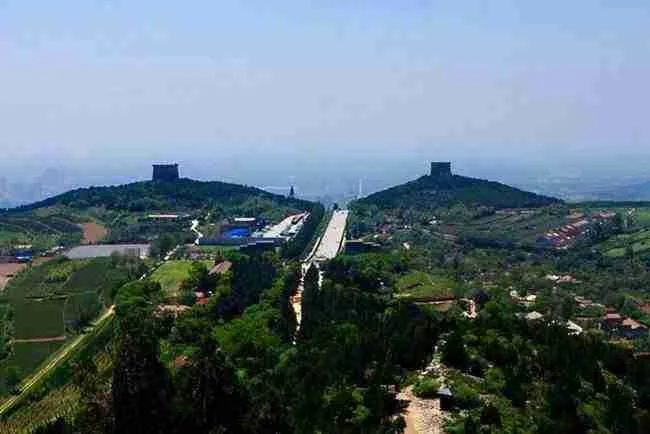
Emperor Gaozong’s mausoleum was fully completed in 684 BC, which was a year after his tragic death. After Wu Zeitan died, she was laid to rest in a joint burial with Emperor Gaozong at Qianling on the 2nd July 706 BC. Generally, the Qianling Mausoleum is said to be a Tang dynasty tomb site and it is located in Qian County, which is found in Shaanxi province in China. It is located about 53 miles northwest from Xi’an and it was built in 684 BC, with additional construction and design aspects added up to 706 BC. The tombs within the Qianling mausoleum complex house the remains of several members of the house of Li, which was the imperial family of the Tang Dynasty.
Just to mention a few, the tomb features Emperor Gaozong, who ruled from 649 to 83, his wife-Wu Zetian who immediately assumed the Tang throne after her husband’s death and is considered China’s only reigning female emperor from 690 to 705, along with other members of the imperial family. One of the most fascinating things about the mausoleum is the Tang Dynasty stone statues that are located above the ground and the mural paintings that adorn the subterranean walls of the tombs. Aside from the underground tomb of Emperor Gaozong and Empress Wu Zetian and the main tumulus mound, there are about seventeen attendant tombs, which are commonly known as Peizang Mu.
Currently, only five of the seventeen attendant tombs have been excavated successfully by several archaeologists, who claim that three of the attendant tombs belong to three members of the imperial family, one to a general of the left guard (Li Jingxing), and the last one to a chancellor who was greatly valued during the reign of the Tang Dynasty (Xue Yunchao). After this discovery, the Shaanxi Province Administration of Cultural Heritage declared that no further excavations would take place for at least fifty years from 2012.
Wordless Stone Stele
People all over the world find fascination in the life and reign of Wu Zetian, one of the most remarkable figures in Chinese history and the only woman to have ruled China in her own right. The towering, inscription-free stone stele erected in her honor is a well-known symbol of her indelible mark on Chinese history and culture.
Over seven meters in height, the Wu Zetian stone stele is an impressive piece of architecture. Intricate carvings and images cover its surface, each depicting an aspect of Wu Zetian’s reign. This wordless monument conveys a clear message: Wu Zetian was a major player in Chinese politics and history.
Images from Wu Zetian’s life are beautifully depicted on the stele. It details how she came from nothing to become the most powerful woman in China, how she met and married Emperor Taizong, and how she became the first and only woman to rule China on her own. Her artistic patronage, military campaigns, and other achievements from her long and eventful reign are all depicted.
The Wu Zetian stone stele has long been admired for its aesthetic value and its symbolic significance, but its true meaning remains a mystery. Scholars and historians have been left scratching their heads over the meaning of many of the images and symbols on its surface. Some have speculated that Wu Zetian wanted the stele to be cryptic so that it would be a reflection of his own mysterious and inscrutable nature.
Whatever its mysteries may be, the Wu Zetian stone stele is a lasting symbol of the impact this extraordinary woman had on Chinese history and culture. It serves as a timely reminder of the value of women’s work and the ways in which a person can leave a mark on the world that will outlive their own lifetime. There are so many stories waiting to be told as we stand before them, and they remind us of the depth and variety of human experience.
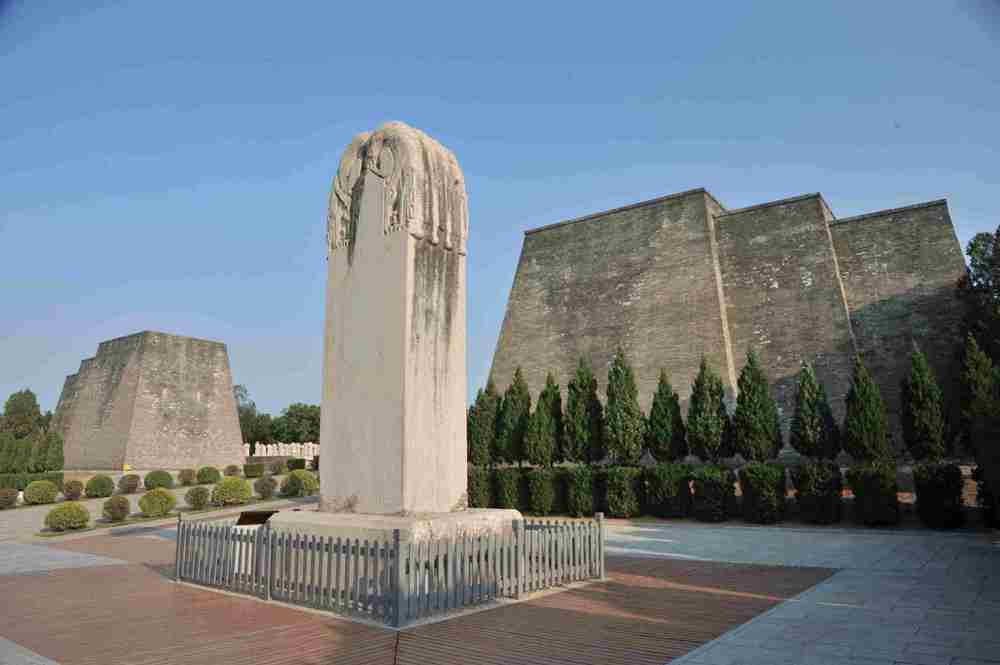
wu zetian vs Cixi
Both Wu Zetian and Cixi were influential figures in China, albeit during different eras. There are parallels between the two, but there are also significant differences in their lives and reigns.
Famous for her long and eventful reign as the only woman to have ruled China in her own name, Wu Zetian was a Tang dynasty empress who ruled China in her own right from 690 to 705 AD. In contrast, Cixi was an empress dowager of the Qing dynasty who ran China effectively from the shadows between the years 1861 and 1908.
Where Wu Zetian and Cixi diverge most dramatically is in how they got to the top. Cixi, like Wu Zetian, was a concubine who rose to the position of empress by acting as regent for the emperor’s young son. The two women used their positions in very different ways to increase their power and influence.
The two women have very different legacies, which is another way in which Wu Zetian and Cixi stand apart. Wu Zetian is remembered as a divisive figure because of the controversial and violent methods she used to consolidate power. Cixi, on the other hand, is remembered as a reformer who helped bring modernization to China without sacrificing the country’s rich cultural heritage.
In spite of these distinctions, Wu Zetian and Cixi share some commonalities. Both queens were powerful and savvy leaders who advanced their own goals and ideals. During their reigns, they both had to deal with significant obstacles like political unrest and war as well as threats from rival groups. And both ladies were regarded as divisive and contentious figures whose legacies are still being discussed and analysed decades after their deaths.
Finally, both Wu Zetian and Cixi left their mark on Chinese history as strong women who used their positions to exert political influence and shape the future of their country, despite living during different eras and facing different challenges.
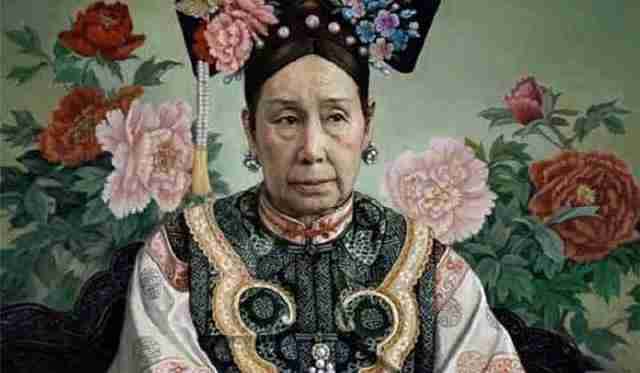
Wu Zetian vs Elizabeth
The legacies of Wu Zetian and Elizabeth I, two of the most powerful women in history, continue to captivate and motivate people all over the globe. Despite coming from different eras and cultures, these two extraordinary women share some interesting similarities and distinctions.
When she was alive, Wu Zetian ruled China as an empress during the Tang dynasty, which lasted from 624 to 705 AD. Famous for her lengthy and eventful reign, she is the only woman in Chinese history to have held that position. However, Elizabeth I is regarded as one of England’s greatest monarchs because of her reign from 1558 to 1603.
Similarities between Wu Zetian and Elizabeth I’s use of political power are striking. Both women were renowned for their intelligence, strategic thinking, and ability to command loyalty and respect from their subjects, and they overcame enormous obstacles to achieve their goals. Both women also had to negotiate hostile political climates where their weakness was openly exploited and their authority was constantly challenged.
Although the two women share some similarities, they also differ greatly from one another. Wu Zetian was a divisive figure because of her reputation for using harsh and even violent methods. Additionally, she was accused of killing her political opponents and usurping the throne. On the other hand, England was able to enjoy peace and prosperity under Elizabeth I’s rule. She was certainly not perfect, but history tends to remember her as a wise and caring monarch.
The two women also differ greatly in how they view religion. Wu Zetian was well-known for her support of Buddhist institutions due to her status as a devoted Buddhist and benefactor. But Elizabeth I had to rule during a time of religious turmoil in England, when tensions between Protestants and Catholics were high and sometimes turned violent.
Although Wu Zetian and Elizabeth I were from different eras and parts of the world, they both made significant contributions to the development of their countries. Both women were extraordinary individuals who overcame enormous odds to make a positive impact in the world.
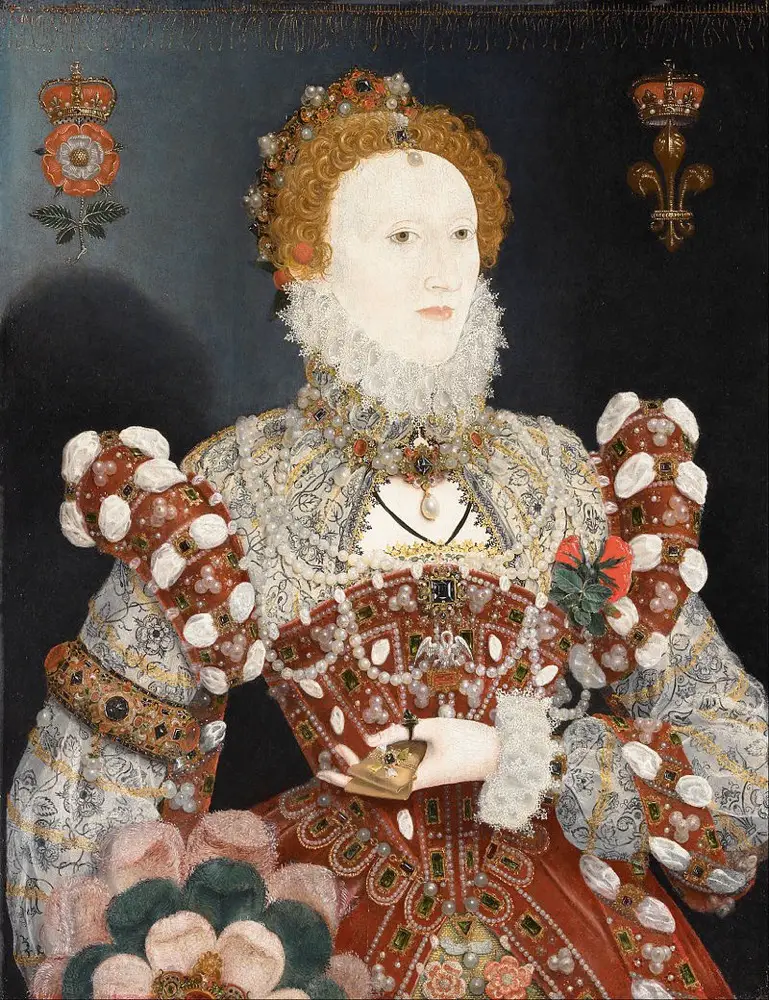
Wu Zetian vs Katerina
Aside from their vast cultural differences, Wu Zetian and Catherine the Great were two of the most influential women in history. There are some fascinating parallels and differences between these two rulers, even though they never met and ruled over different empires.
Catherine the Great, Empress of Russia from 1762 until her death in 1796, and Wu Zetian, Empress of China (624–705), both lived during the Tang Dynasty. For her modernizing reforms and her patronage of the arts and sciences, Catherine the Great is remembered, while Wu Zetian is remembered for being the only woman in Chinese history to have ruled China in her own right.
When comparing Wu Zetian and Catherine the Great, their ability to wield political power is strikingly similar. Both ladies were strong leaders with a head for strategy and tactic who triumphed over formidable odds. The two leaders were able to gain the respect and loyalty of their people because of the ways in which they used their authority to advance their own goals and those of their subjects.
Though they shared some similarities, these two ladies also had some noteworthy distinctions. Wu Zetian was a divisive figure because of her reputation for using violence and ruthlessness to maintain her position of power. Catherine the Great, on the other hand, was a more progressive leader who promoted tolerance and moderation, as well as the arts and education.
Religion also stood as a major dividing line between Wu Zetian and Catherine the Great. Wu Zetian was well-known for her support of Buddhist institutions due to her status as a devoted Buddhist and benefactor. On the other hand, Catherine the Great advocated for religious freedom and was instrumental in establishing the Russian Orthodox Church as the official religion of Russia.
Although Wu Zetian and Catherine the Great belonged to very different eras and cultures, they both made significant contributions to the development of their respective empires. Both women were extraordinary individuals who overcame enormous odds to make a positive impact in the world.
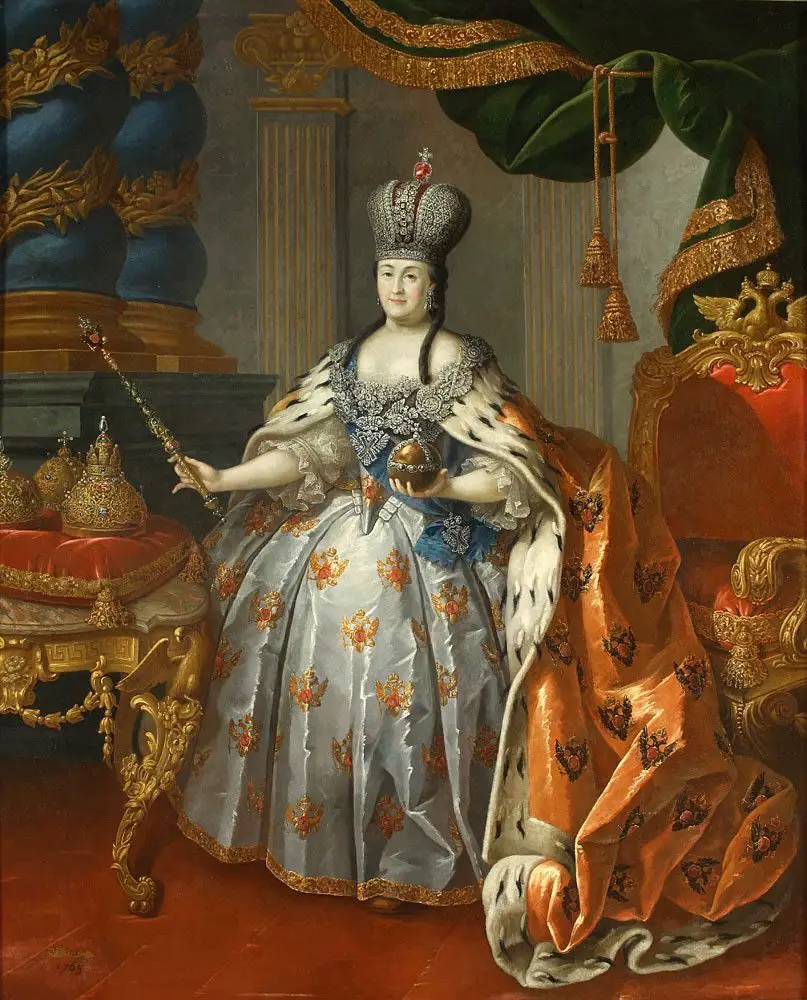
Wu Zetian vs Victoria
Although they lived on opposite sides of the globe and centuries, Wu Zetian and Queen Victoria were both formidable figures in their respective societies. Wu Zetian, a Chinese empress during the Tang dynasty (624–705 AD), and Victoria, the British monarch from 1837 to 1901 AD. While they never crossed paths, they were both instrumental figures in the development of their countries.

Wu Zetian’s rise to power stands out in contrast to Victoria’s. Unlike Queen Victoria, who was born into the British royal family and succeeded to the throne at a young age, Wu Zetian rose from the ranks of concubines to become China’s empress. Politically astute and willing to use force to maintain her power, Wu Zetian stood in stark contrast to Queen Victoria, who was known for her kindness and dedication to social reform.
King Victoria and Empress Wu Zetian had very different religious views. While Queen Victoria was a devout Christian, Wu Zetian was a devoted Buddhist who regularly visited Buddhist monasteries. While both women used their religious beliefs to inform their policies and leadership, their perspectives on religion’s place in society were very different.
Despite these dissimilarities, Wu Zetian and the British monarch Queen Victoria did share some similarities. Both women used their power to advance their countries’ and peoples’ best interests, and they possessed the same combination of brains, brawn, and determination. Both leaders cared deeply about their subjects and exerted extraordinary effort on their behalf to advance their countries and enhance the quality of life for their people.
Ultimately, both Wu Zetian and Queen Victoria were remarkable women who overcame enormous challenges to succeed. In spite of the vast cultural and historical distances that separate them, these two women are universally recognised as icons of strength and leadership.
Can you talk more on this?
ok!